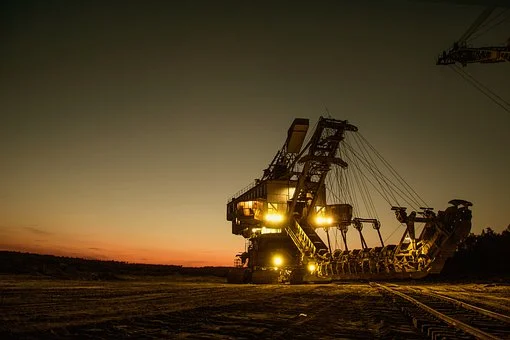A mini excavator is a tracked or wheeled vehicle with a slew of uses in construction. It can weigh up to 20,000 pounds, which is the cutoff point for a machine that you can consider compact. Some definitions have a cutoff point for mini excavators at 10,000 lbs, though.
Mini excavators are popular machines because of their versatility, with many uses for different construction jobs. Renting a compact excavator is a good idea because buying equipment is more expensive than renting it. Furthermore, not every mini excavator is suitable for every job. You can rent machines of different sizes and weights according to the tasks you need to complete. Find out below about some examples of when using a mini excavator is a good idea for site work.
Mini Excavators vs. Standard Excavators
It’s important to understand the differences between compact and standard excavation machines. Mini excavators offer some benefits compared to regular excavators that make them better suited to certain jobs. Standard excavators are also useful machines in their right. You need to make your choice depending on the job at hand.
Mini excavators are lighter and smaller, meaning they offer reduced track marks and top ground damage. The compact nature of mini excavators compared to larger machines makes them much easier to work with on crowded sites. A standard excavator’s large size can cause problems in a parking lot, for example. A mini excavator can get around a parking lot easily. Another benefit of the smaller size of compact machines is that you can easily transport them between sites. You can load your excavator on the back of a utility truck or trailer for quick transfer between sites. Always make sure the trailer can support your excavator’s weight first.
You can expect a mini excavator to have a longer life than a larger one simply because the work it does is less intense. Mini excavators have typical bucket sizes of between 12 and 24 inches. You can also add some attachments to mini excavators, improving their versatility.
Getting a mini excavator rental on a per-project basis is more convenient than buying one larger machine. When renting, you can choose different machines for each site depending on what you need to accomplish.
Mini Excavator Parts
The following are some of the an appropriately-sized mini excavator
- Cab: operators sit in the cab and control the machine. The cab on mini excavators allows for 360-degree rotation.
- Undercarriage: the undercarriage houses both the gears and the motor. The undercarriage is also where you’ll find the track roller that helps the machine move over the ground.
- House: the house connects to the undercarriage. The house holds the excavator engine and fuel cylinders.
- Boom: the boom is a long-hinged extension used to connect to the attachments.
- Attachments: you can fit some attachments to compact excavators. Trenching buckets, grading buckets, and rippers are all examples of parts you can fit on the boom.
- Engine: the engine is what gives the machine power, helping to move the boom and the hydraulic tracks.
- Stick: the stick is an extendable piece that connects the boom to the undercarriage.
Uses for Mini Excavators
One of the major draws of mini excavators is that you can use them for a slew of different tasks. The sheer number of possible attachments and the light frame are what make the mini excavator such a versatile machine. The following examples showcase some construction jobs that are ideal for using a mini excavator.


